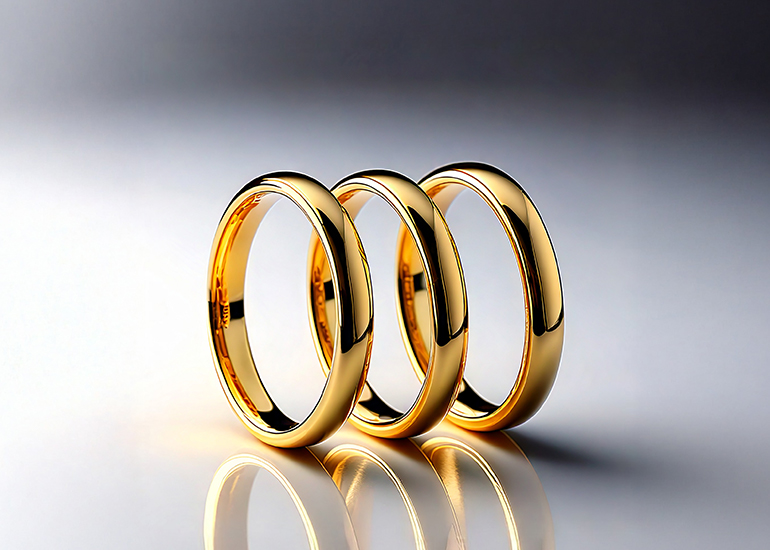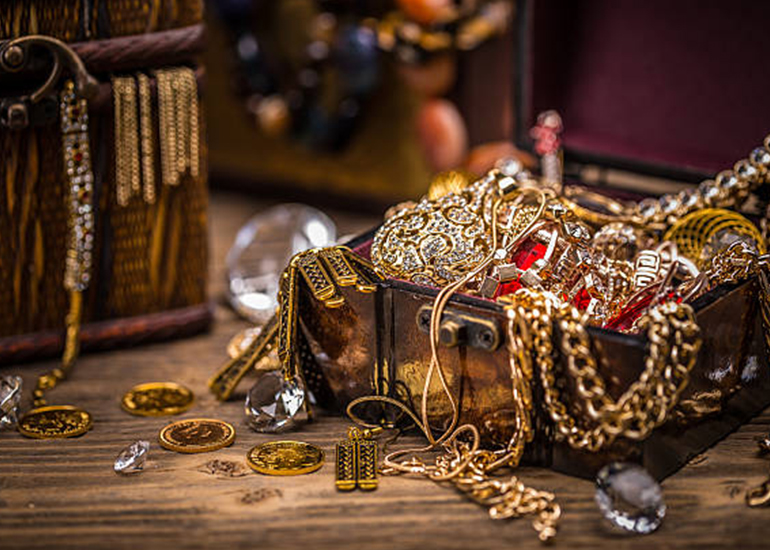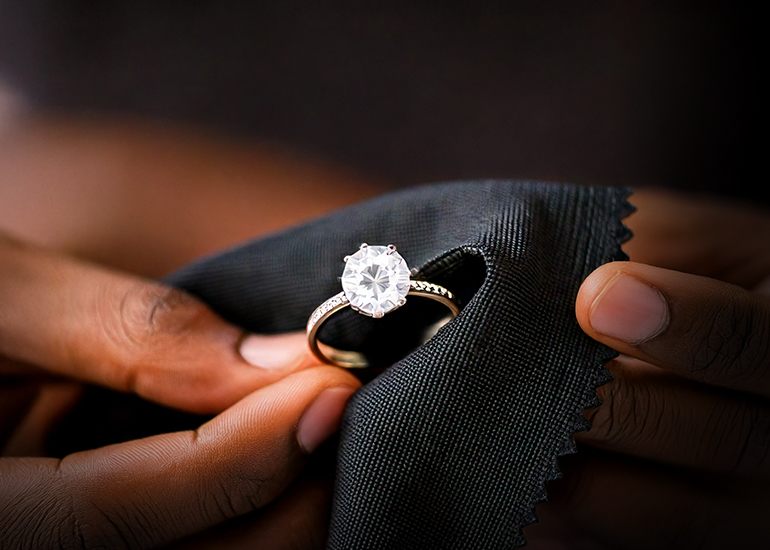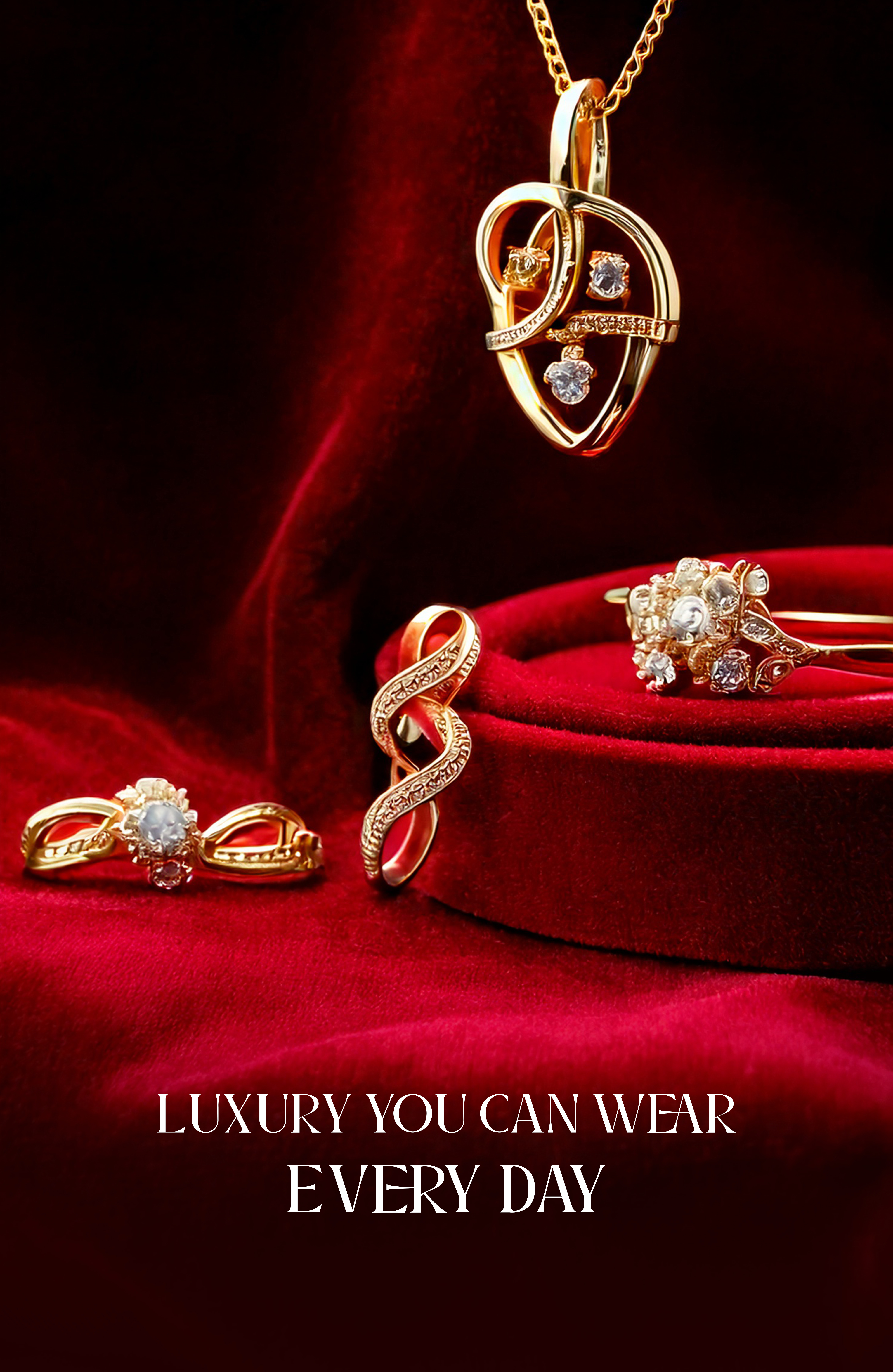
15 April
Understanding Different Types of Gold: 14k vs. 18k vs. 24k: Whether you're shopping for a new necklace, engagement ring, or simply curious about what makes gold jewellery different, understanding the types of gold — especially 14k, 18k, and 24k — is key to making smart, stylish choices. Each has its own look, feel, price, and practicality.
What Does the “K” in Gold Mean?
“K” stands for karat, a measure of gold’s purity. Pure gold is 24 karats — meaning it’s 100% gold, with no other metals mixed in. But gold in its pure form is very soft and can scratch or bend easily, so it’s often mixed with other metals like silver, copper, nickel, or zinc to make it more durable.
24k Gold: The Purest of Them All
- Purity: 99.9% gold
- Color: Bright, rich yellow
- Pros: Hypoallergenic, extremely valuable, doesn’t tarnish
- Cons: Very soft and prone to scratches or dents
18k Gold: A Luxe Sweet Spot
- Purity: 75% gold, 25% alloy
- Color: Warm yellow (slightly less intense than 24k)
- Pros: Rich color, durable, less likely to cause allergic reactions
- Cons: More expensive than 14k, slightly less durable
14k Gold: Durable and Budget-Friendly
- Purity: 58.3% gold, 41.7% alloy
- Color: Slightly paler yellow (also available in rose or white)
- Pros: Strong, resistant to wear and tear, affordable
- Cons: Less pure, might cause irritation in very sensitive skin
So… Which Gold is Best?
That depends on your priorities:
- For heirloom or investment pieces: Go for 24k.
- For special-occasion or luxury jewellery: 18k is your winner.
- For everyday wear and durability: 14k is the practical choice.
Gold is timeless — but choosing the right type makes all the difference. Whether you love the prestige of pure 24k, the balance of 18k, or the durability of 14k, knowing what you’re buying helps you get more sparkle for your spend. Next time you’re shopping for jewellery, flip that tag over and check the karat — now you know exactly what it means!
 India
India
 United Arab Emirates
United Arab Emirates


 App Store
App Store
 Play Store
Play Store



Leave a Comments
Your email address will not be published. Required fields are marked *